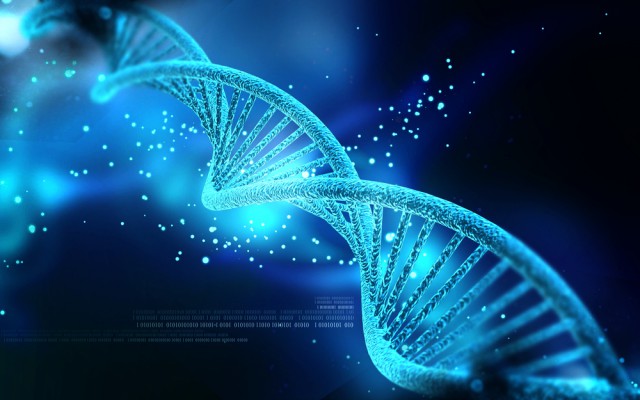Researchers store music video in DNA strain

Researchers from Microsoft and the University of Washington managed to store a high-definition music video by OK Go into a DNA strain. This is actually much more serious than it sounds.
A team of scientists and researchers stored 200 megabytes of data on a molecular strand, and thus set a new record. A bunch of data was added, including digital versions of works of art, the Universal Declaration of Human Rights in more than 100 languages, the top 100 books of Project Guttenberg and the non-profit Crop Trust’s seed database. Knowing IoT and Big Data are on the way, having a long-lasting and reliable data storage solution is essential.
Besides being able to store data, and store it in a space "much smaller than the tip of a pencil", according to Douglas Carmean, the partner architect at Microsoft, researchers also managed to read the data stored. Researchers believe that once some barriers are removed and the project scales, we will be able to store "all the publicly accessible data on the internet into a shoebox’".
For researchers involved, this is a pretty big deal. "It’s one of those serendipitous partnerships where a strong understanding of processors and computation married with molecular biology experts has the potential of producing major breakthroughs", says Carmean.
A Microsoft blog explains the process:
"First the data is translated from 1s and 0s into the 'letters' of the four nucleotide bases of a DNA strand -- (A)denine, (C)ytosine, (G)uanine and (T)hymine. Then they have vendor Twist Bioscience 'translate' those letters, which are still in electronic form, into the molecules themselves, and send them back. It’s essentially a test tube and you can barely see what’s in it. It looks like a little bit of salt was dried in the bottom. Reading the data uses a biotech tweak to random access memory (RAM), another concept borrowed from computer science. The team uses polymerase chain reaction (PCR), a technique that molecular biologists use routinely to manipulate DNA, to multiply or 'amplify' the strands it wants to recover. Once they’ve sharply increased the concentration of the desired snippets, they take a sample, sequence or decode the DNA and then run error correction computations".
Published under license from ITProPortal.com, a Net Communities Ltd Publication. All rights reserved.
Photo Credit: Creations/Shutterstock